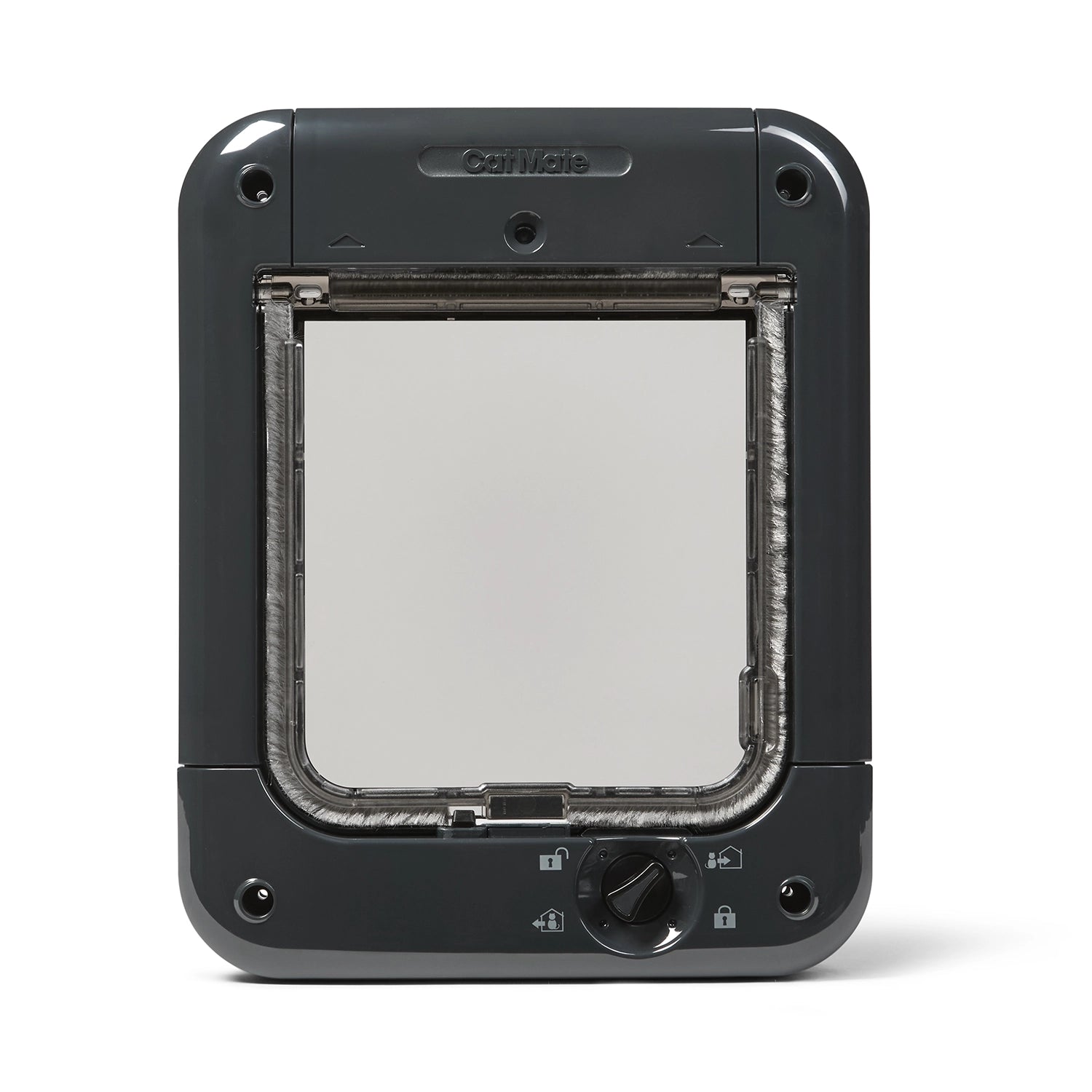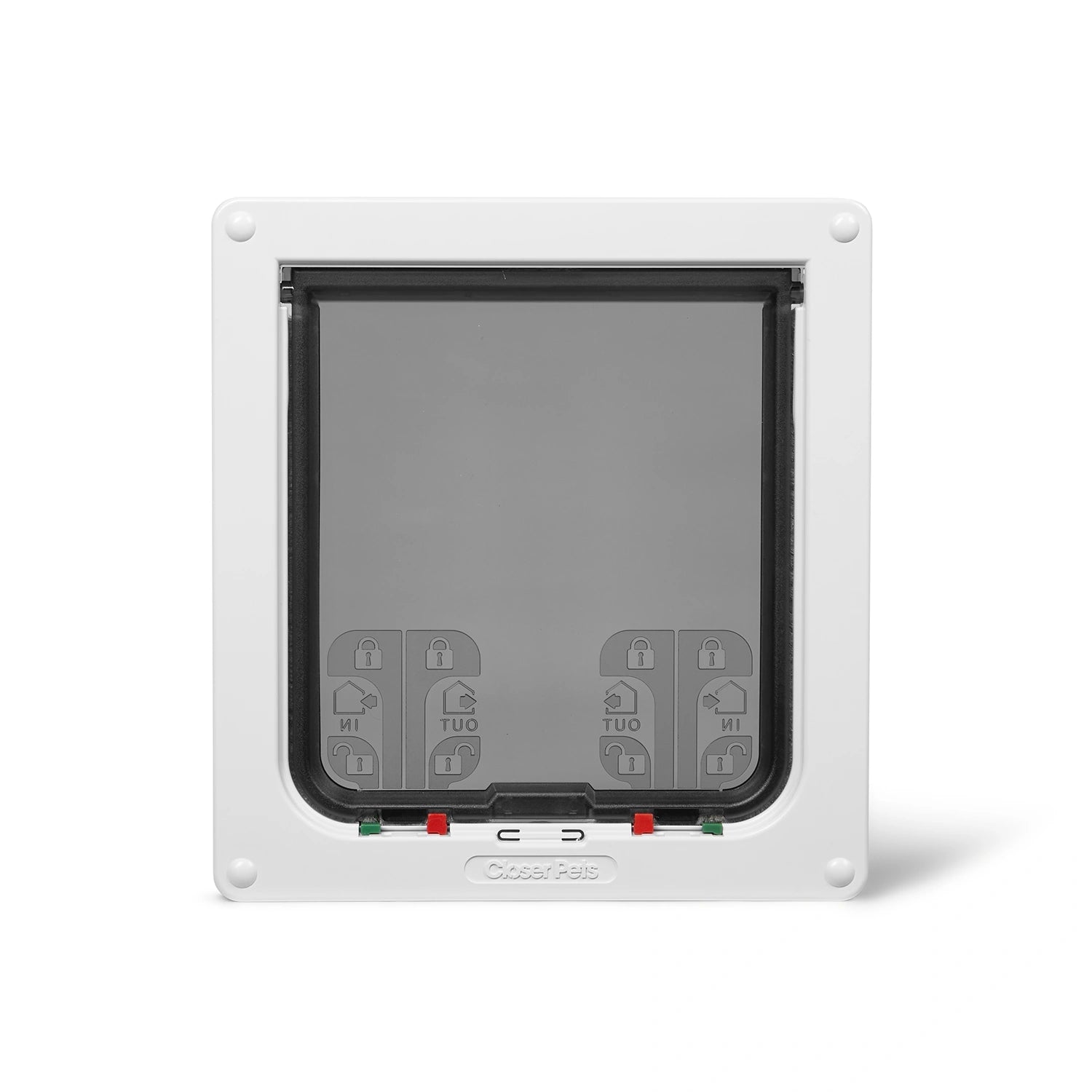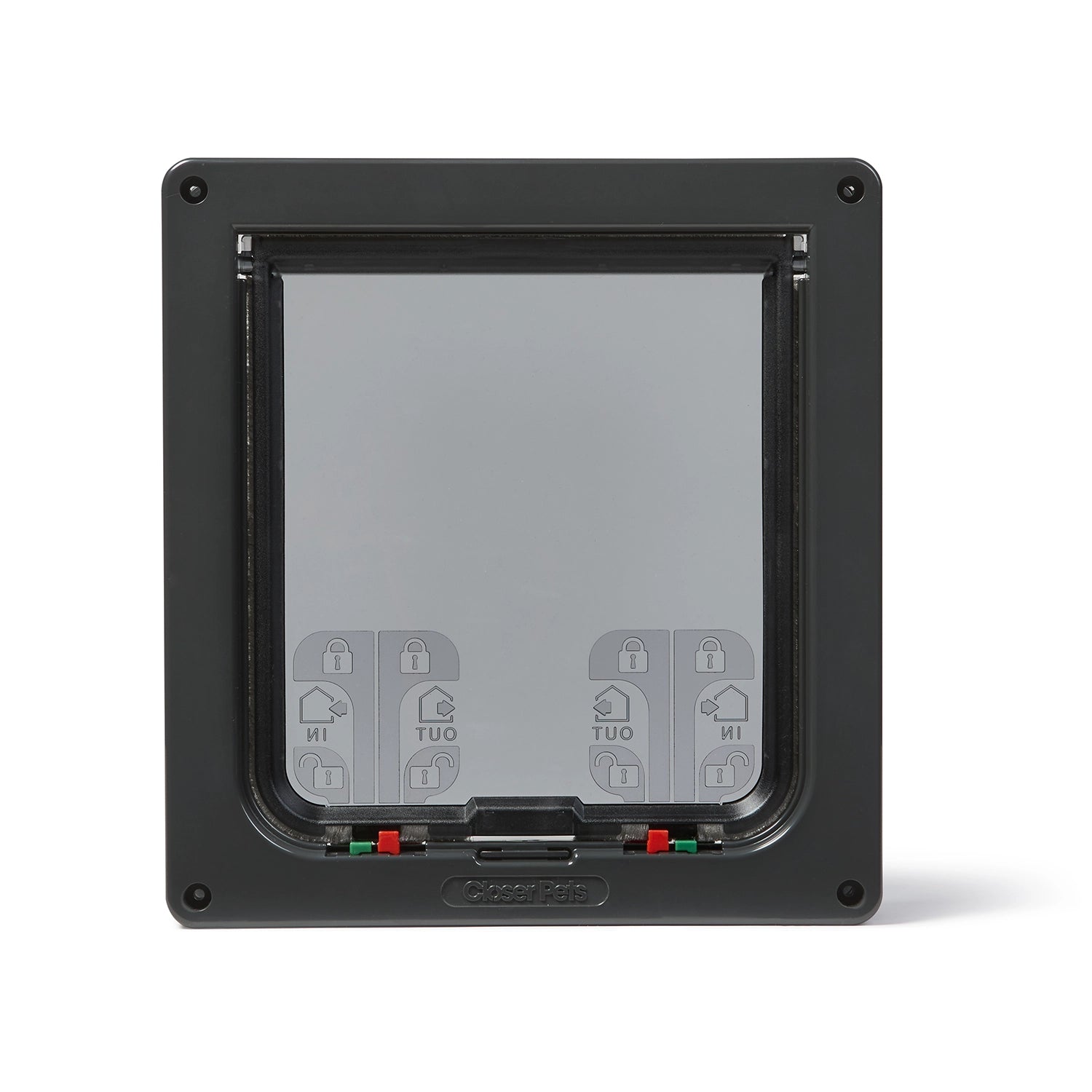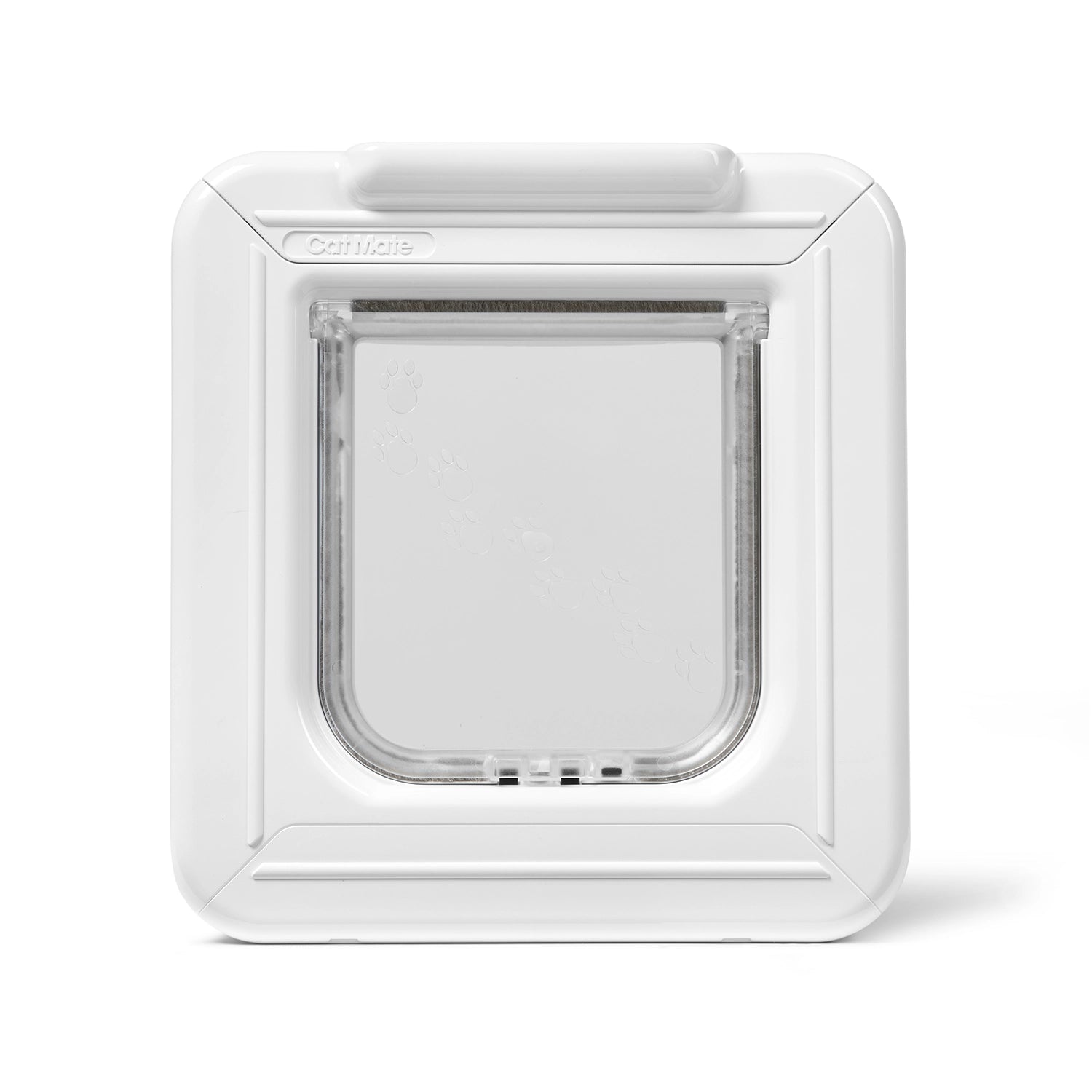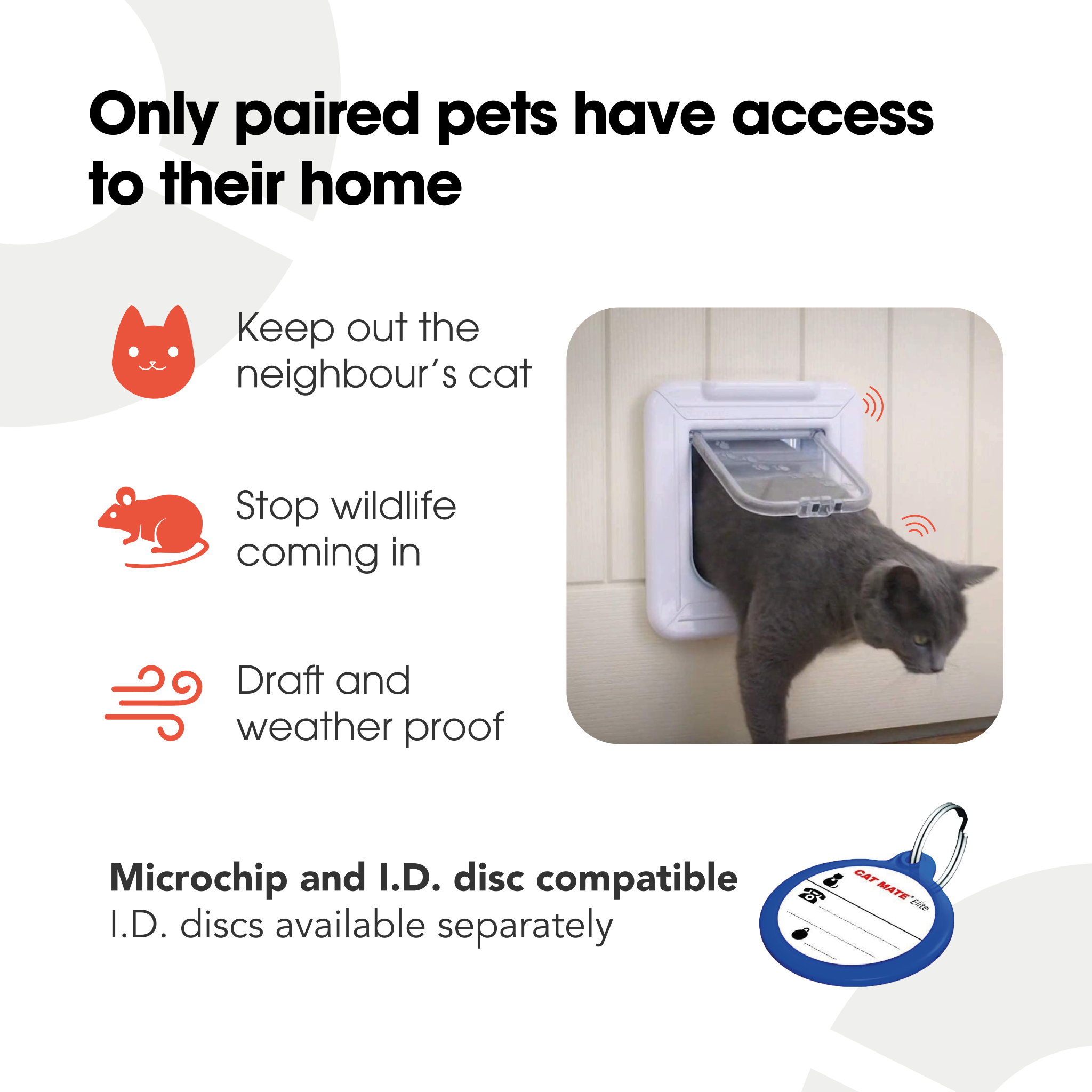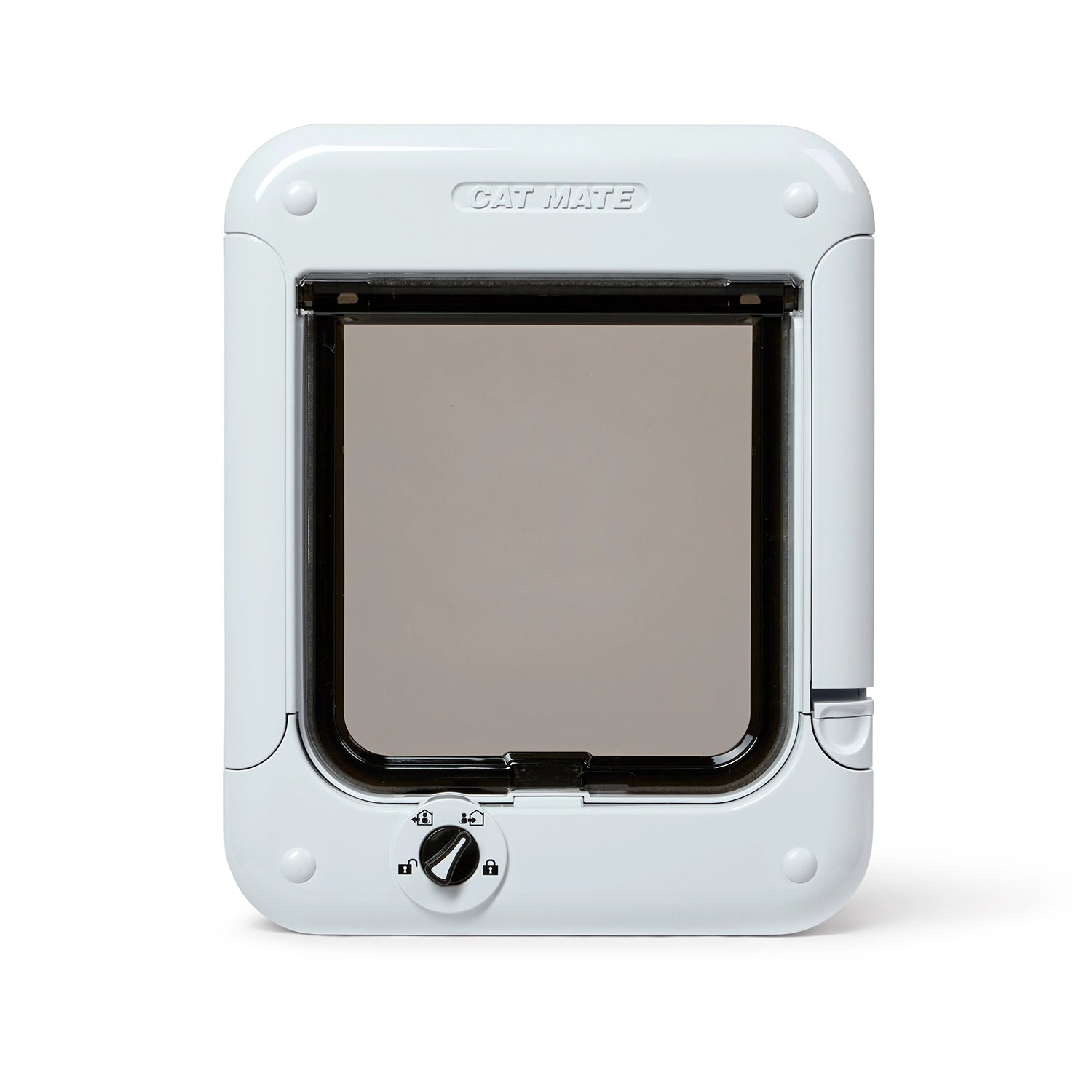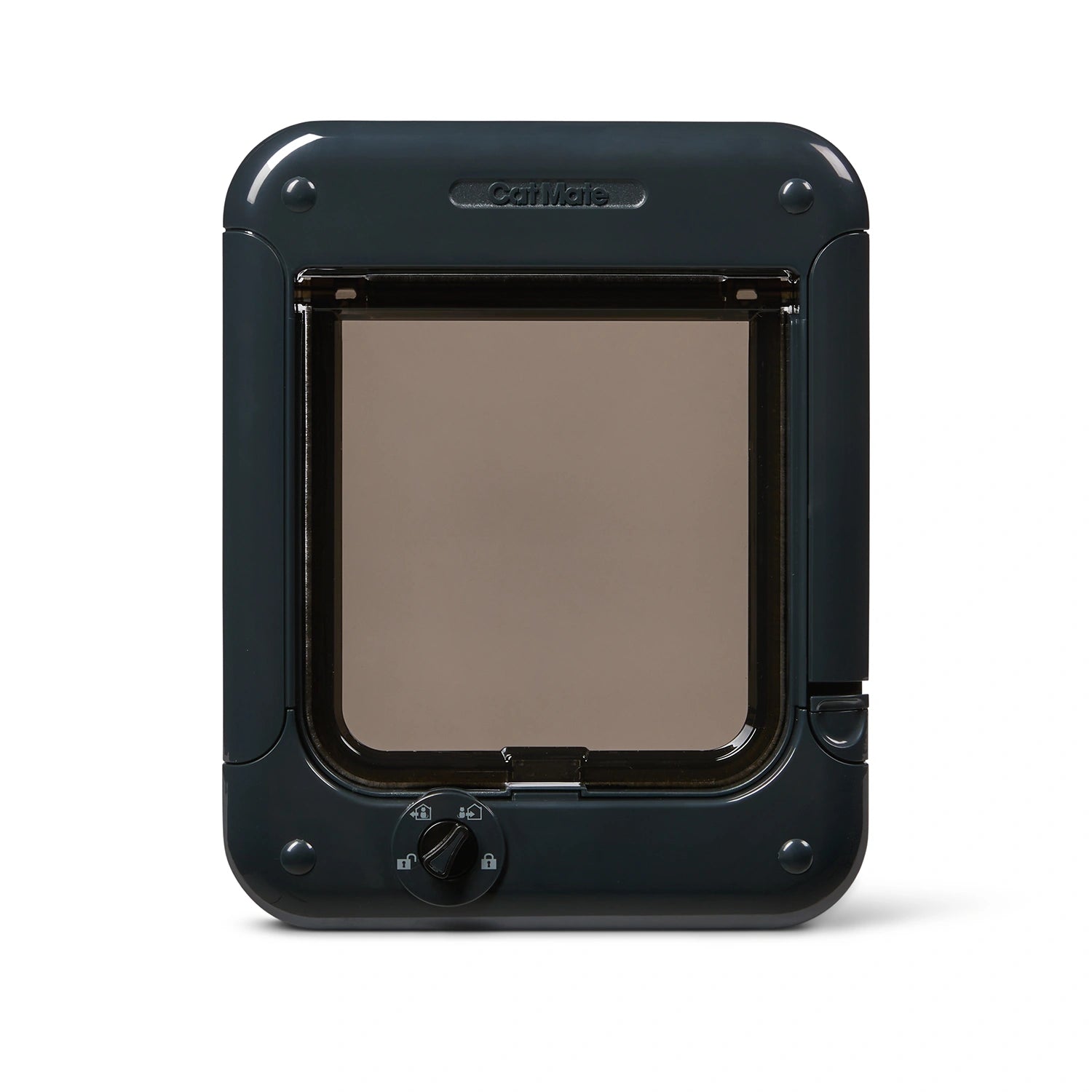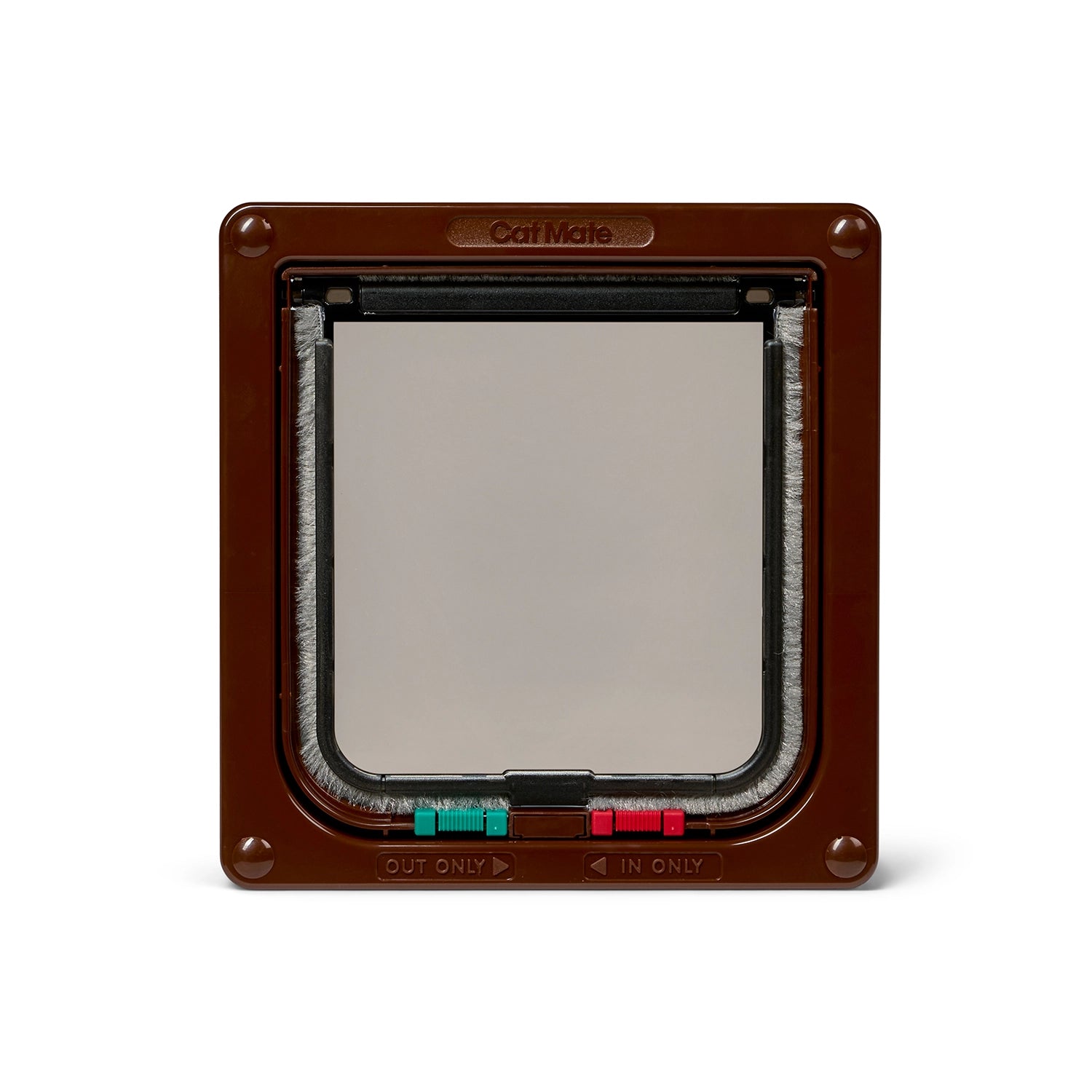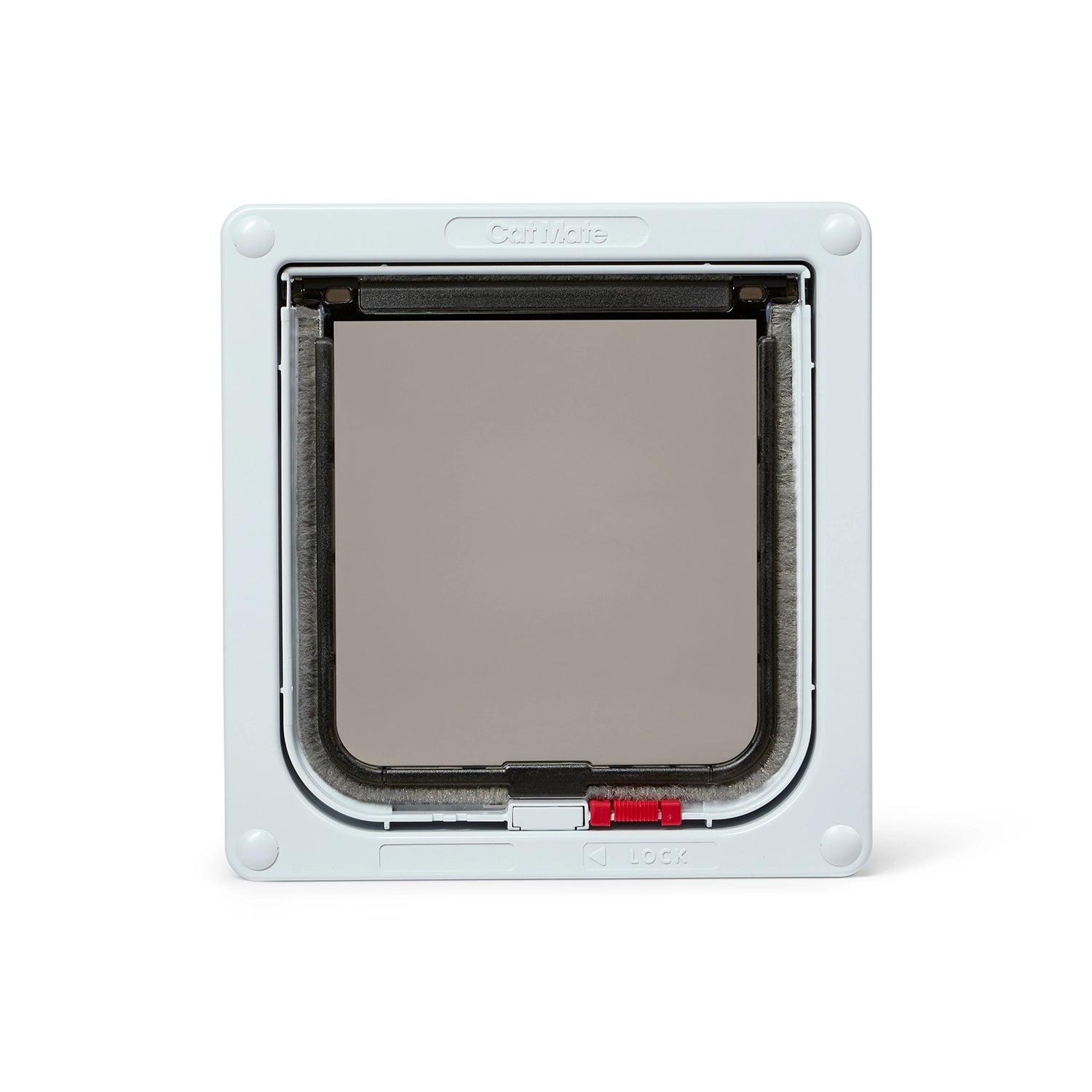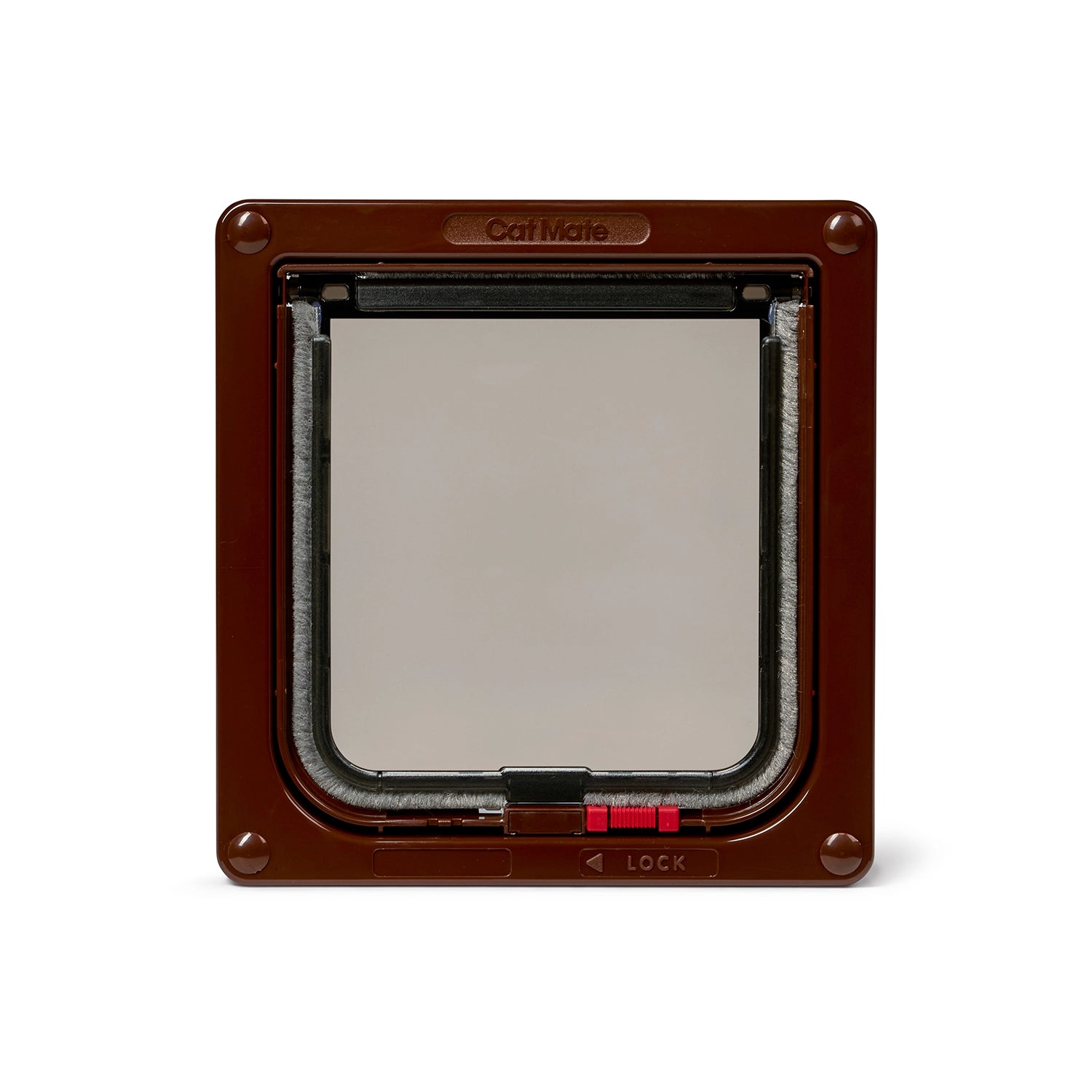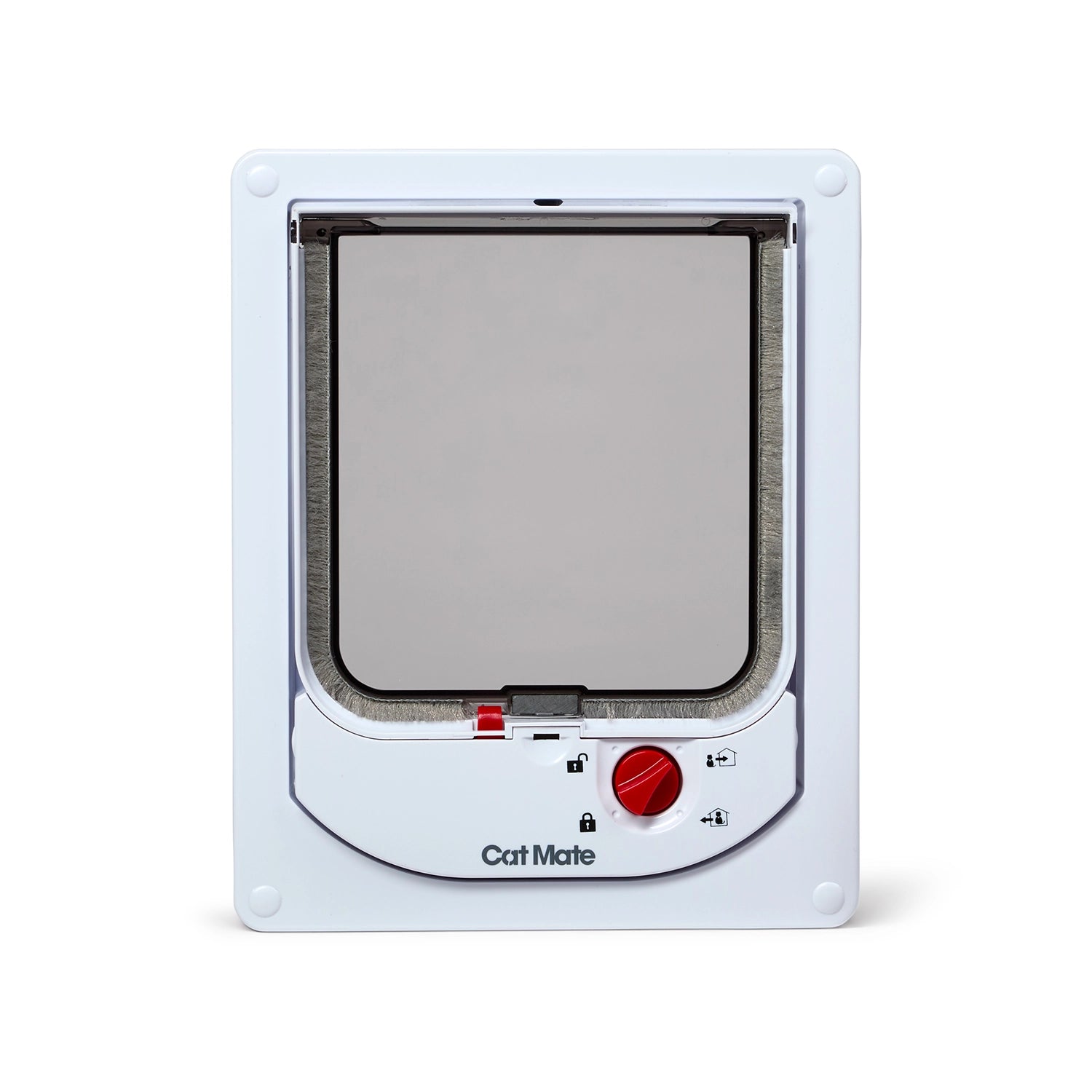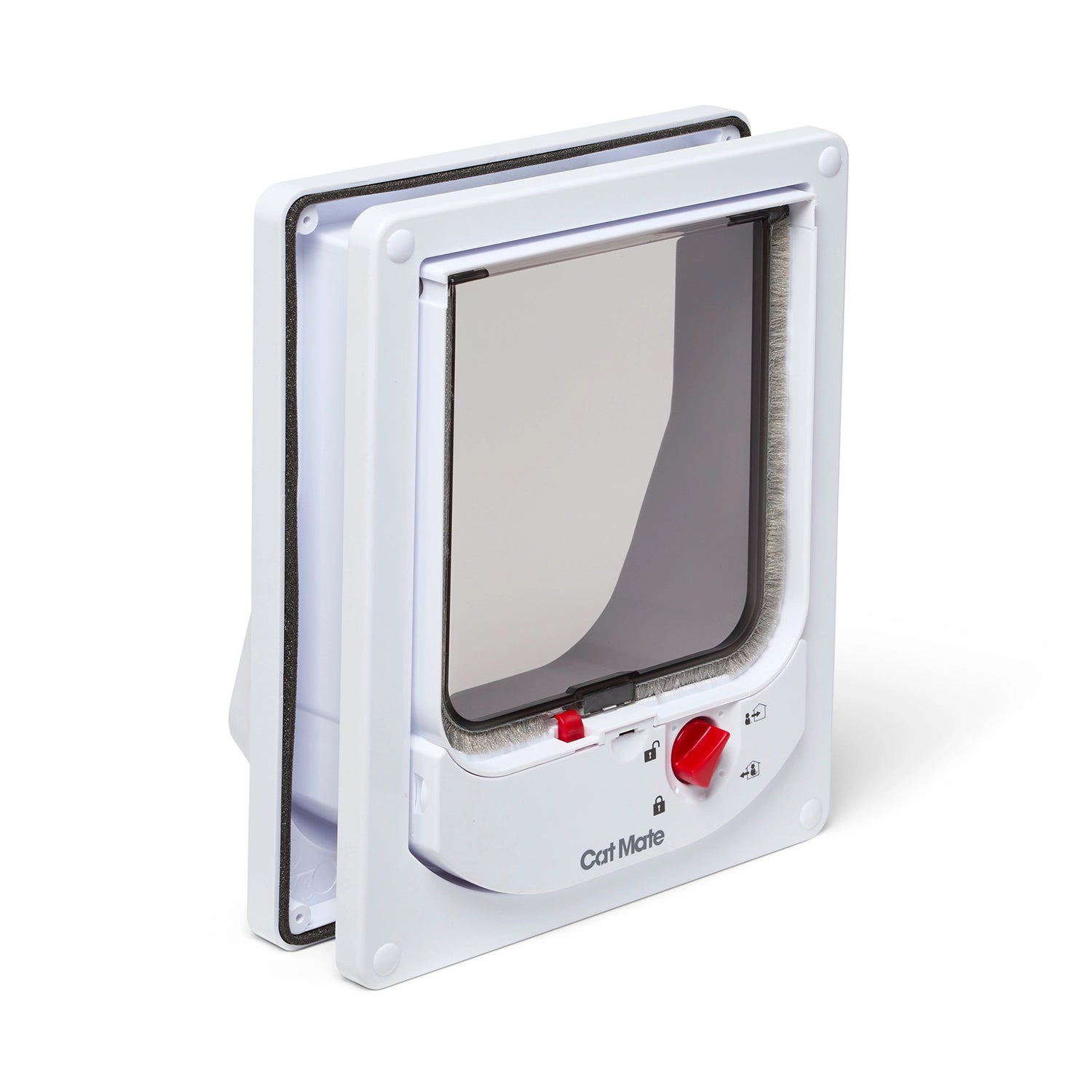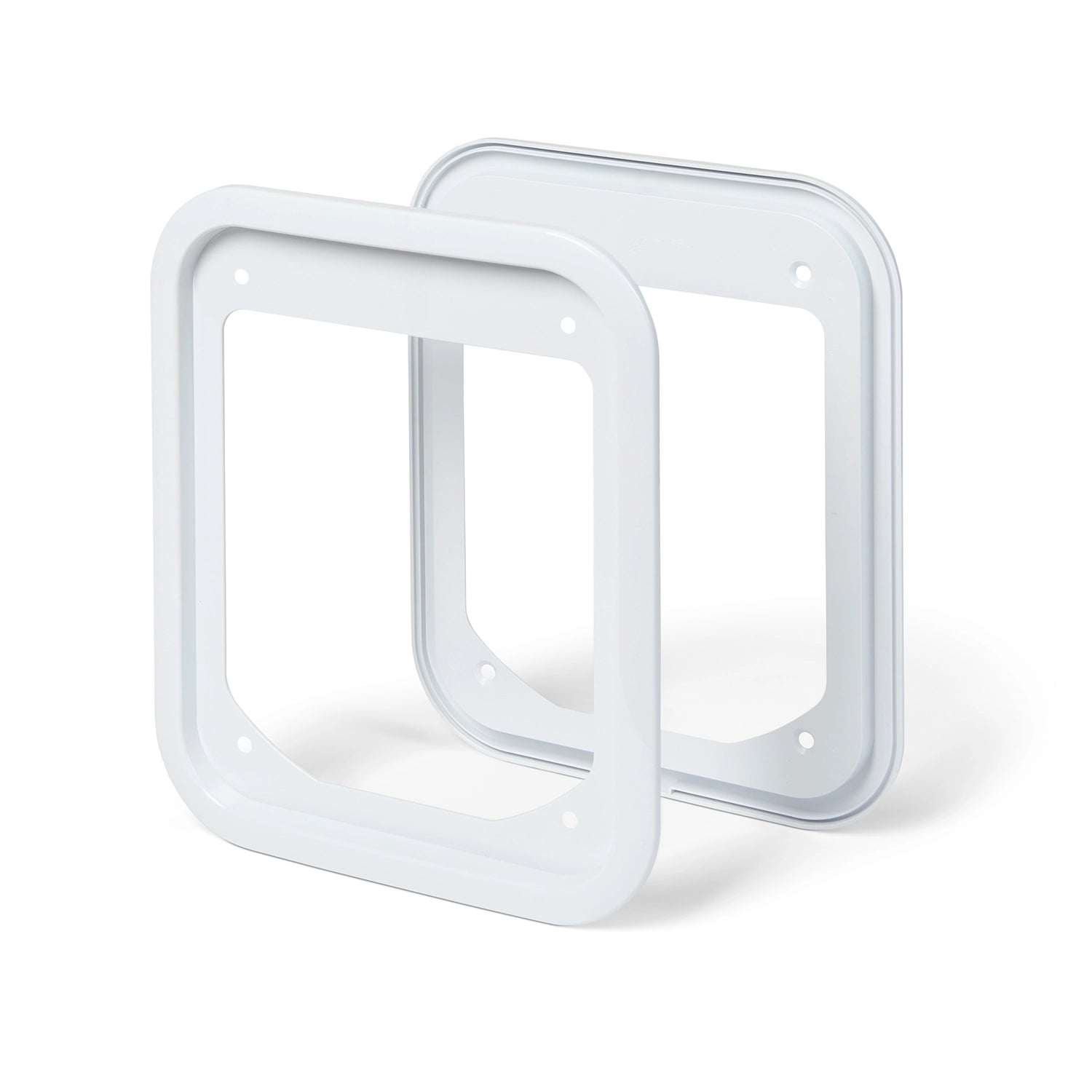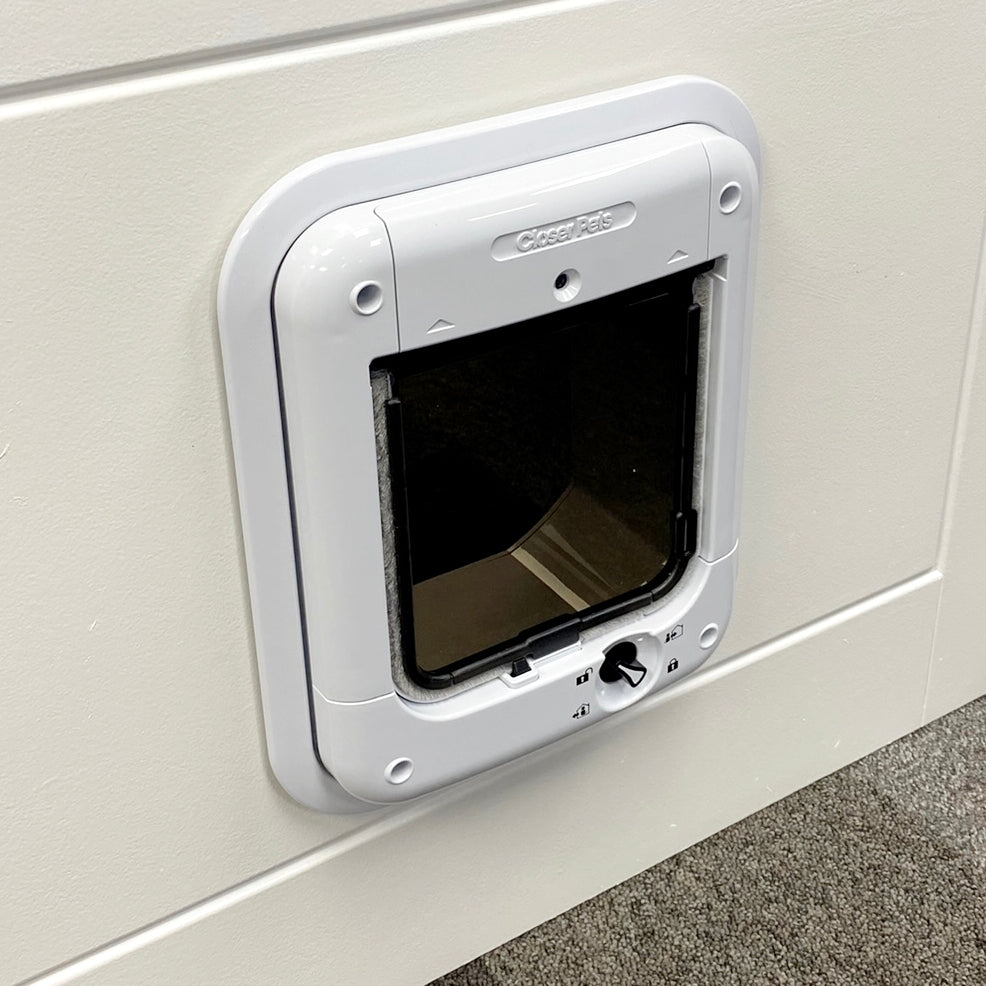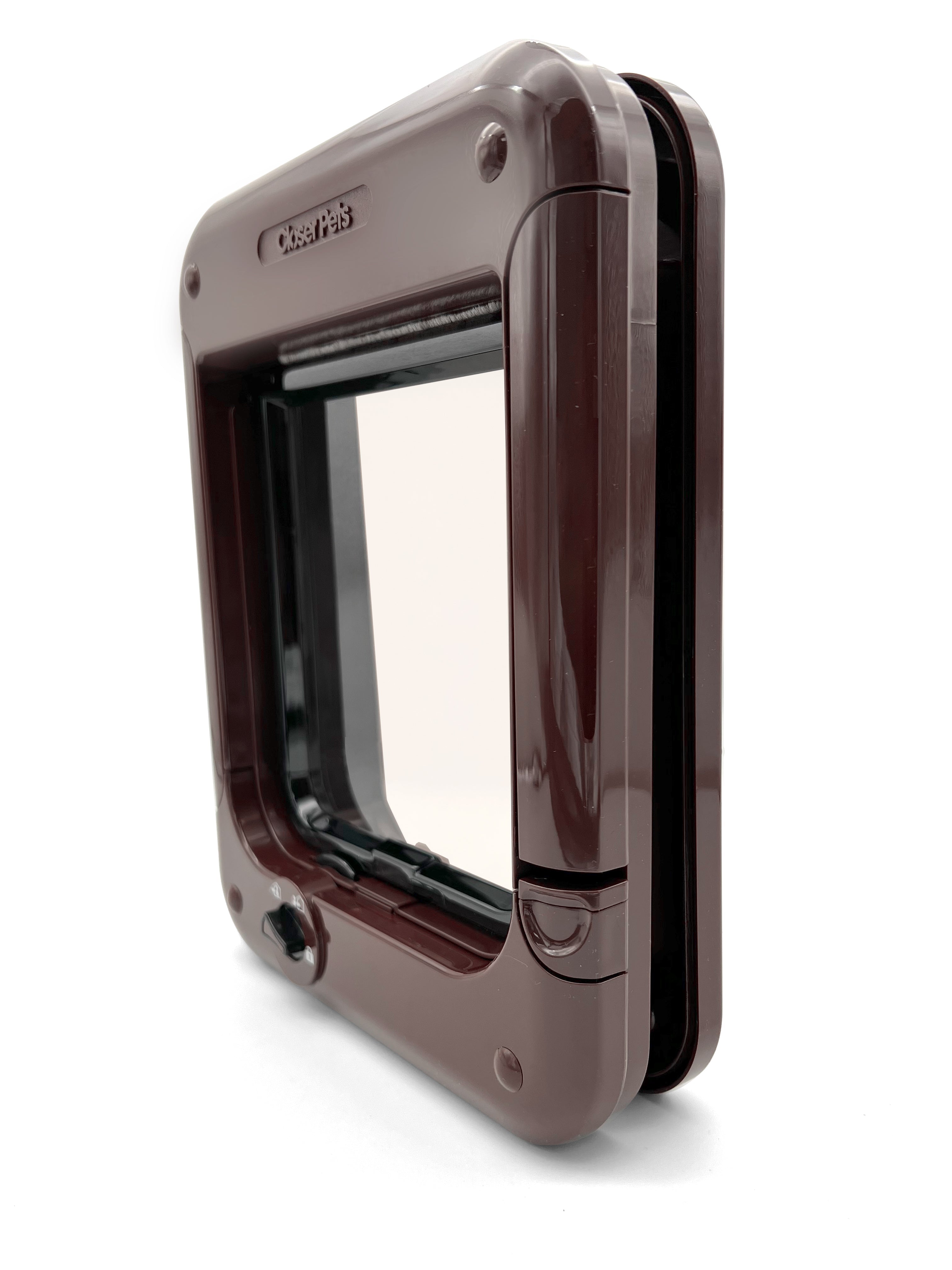Cat Flaps for UPVC Doors
Cat flaps are one of the most important inventions for animals for both the cat and their humans. Give the cat the freedom they need and avoid noisy summons to open the door. Provide weatherproof access to your cat, keep the worst of the weather out while offering free access for your furry friend. Most of us have UPVC doors, so the Closer Pets’ range of cat flaps for UPVC doors really delivers.
Choose from microchip cat flaps to keep out neighbouring cats, 4-way locking cat flaps for flexibility, timed cat flaps to manage nocturnal prowling or standard magnetic cat flaps for ease of use. Whatever the type of door or size of cat, there’s a cat flap here that’s purrfect for your needs!
What's more, you'll get FREE standard delivery on orders over £29!





